| 別名 |
Fibroblast Growth Factor Receptor 3; FGFR-3; CD333; FGFR3; JTK4; IIIc |
| 物種 |
Human |
| 表達(dá)宿主 |
Human Cells |
| 序列信息 |
Glu23-Gly375 |
| 檢索號(hào) |
P22607 |
| 分子量 |
39 kDa |
| 表觀分子量 |
60-75 kDa |
| 標(biāo)簽 |
C-6His |
| 純度 |
>95% as determined by reducing SDS-PAGE. |
| 內(nèi)毒素 |
<1.0 EU per μg as determined by LAL test. |
| 保存 |
Lyophilized protein should be stored at -5~-20℃, stable for one year after receipt. Reconstituted protein solution can be stored at 2-8℃ for 2-7 days. Aliquots of reconstituted samples are stable at -5~-20℃ for 3 months. |
| 運(yùn)輸 |
Ambient temperature or ice pack. |
| 制劑 |
Lyophilized from a 0.2 μm filtered solution of PBS, pH7.4. |
| 復(fù)融 |
Always centrifuge tubes before opening. Do not mix by vortex or pipetting.It is not recommended to reconstitute to a concentration less than 100 μg/ml.Dissolve the lyophilized protein in distilled water.Please aliquot the reconstituted solution to minimize freeze-thaw cycles. |
Fibroblast Growth Factors (FGFs) comprise a family of at least eighteen structurally related Proteins that are involved in a multitude of physiological and pathological cellular processes, including cell growth, differentiation, angiogenesis, wound healing and tumorgenesis. The biological activities of the FGFs are mediated by a family of type I transmembrane tyrosine kinases which undergo dimerization and autophosphorylation after Ligand binding. Four distinct genes encoding closely related FGF Receptors, FGF R1-4, are known. All four genes for FGF Rs encode Proteins with an N-terminal signal peptide, three immunoglobulin (Ig)-like domains, an acid-box region containing a run of acidic residues between the IgI and IgII domains, a transmembrane domain and the split tyrosine-kinase domain. Multiple forms of FGF R1-3 are generated by alternative splicing of the mRNAs. A frequent splicing event involving FGF R1 and 2 results in Receptors containing all three Ig domains, referred to as the α isoform, or only IgII and IgIII, referred to as the β isoform. Only the α isoform has been identified for FGF R3 and FGF R4. Additional splicing events for FGF R1-3, involving the C-terminal half of the IgIII domain encoded by two mutually exclusive alternative exons, generate FGF Receptors with alternative IgIII domains (IIIb and IIIc). The complex patterns of expression of these Receptors as well as the specificity of their interactions with the various FGF Ligand family members are under investigation.
產(chǎn)品資料
注:百度瀏覽器無(wú)法支持掃一掃功能�,請(qǐng)輸入識(shí)別碼���,獲取相應(yīng)產(chǎn)品資料
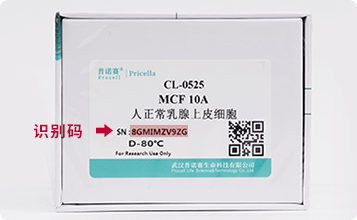
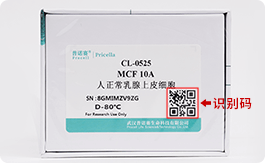
識(shí)別碼示意圖
 400-999-210024小時(shí)服務(wù)熱線
400-999-210024小時(shí)服務(wù)熱線



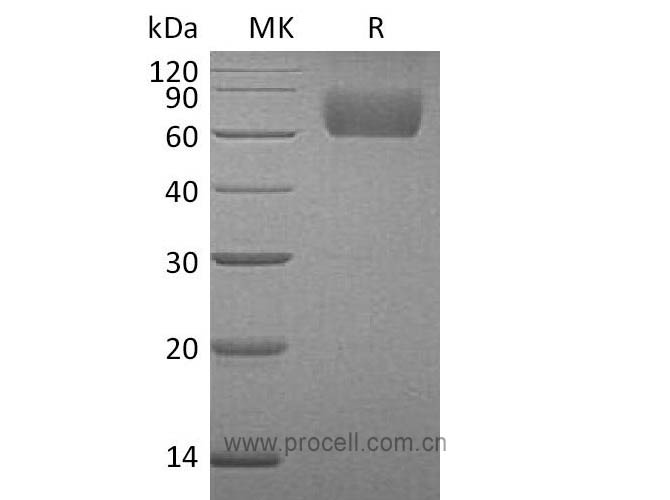
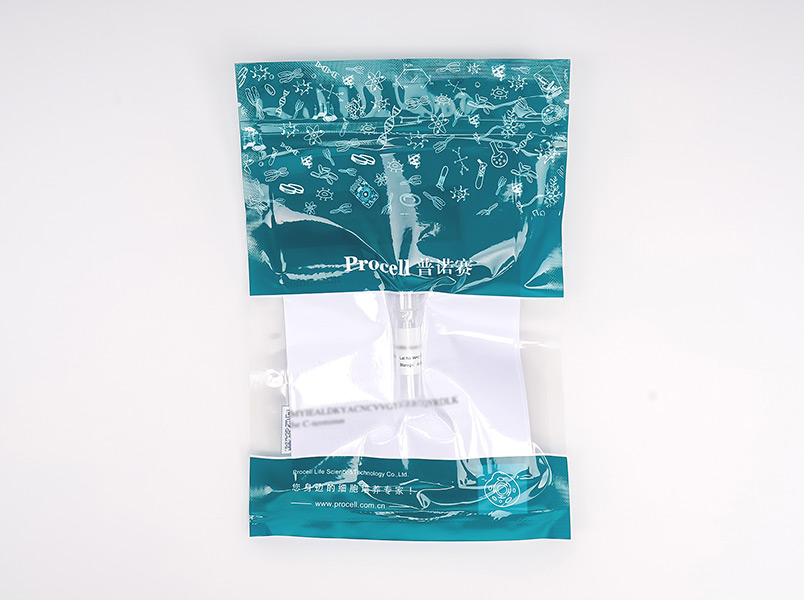
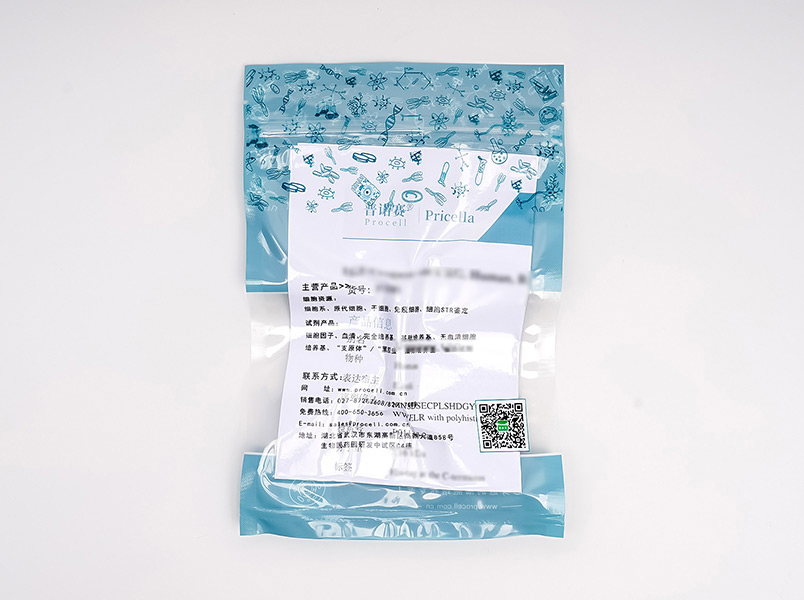

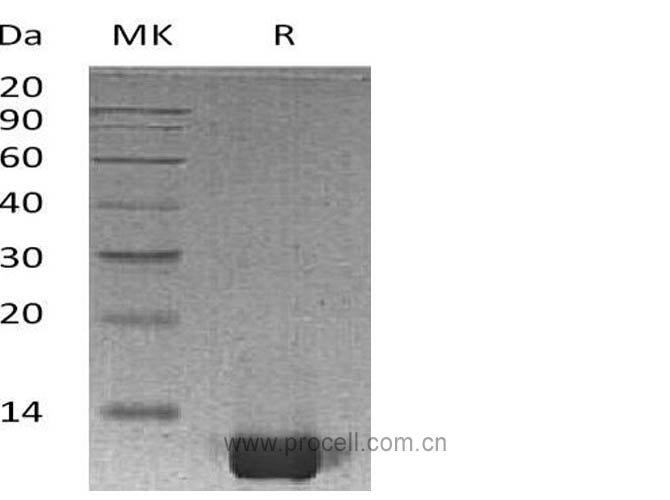
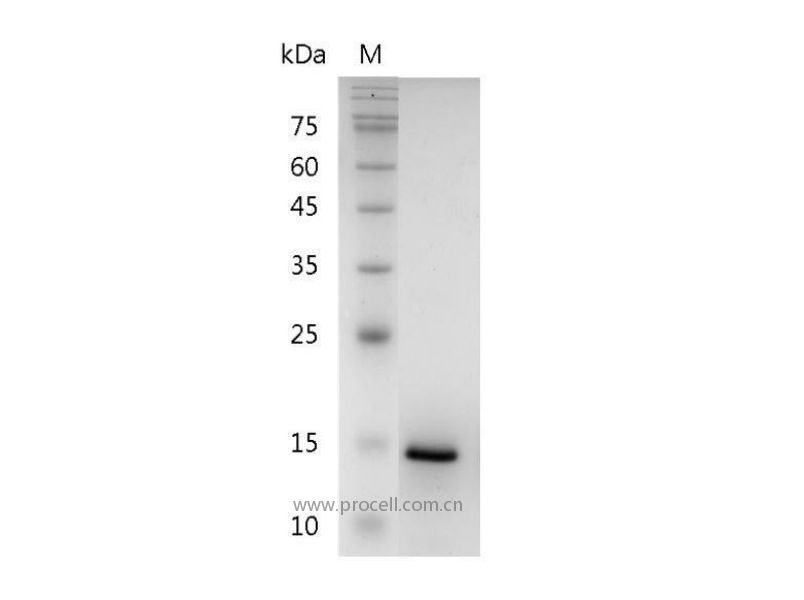
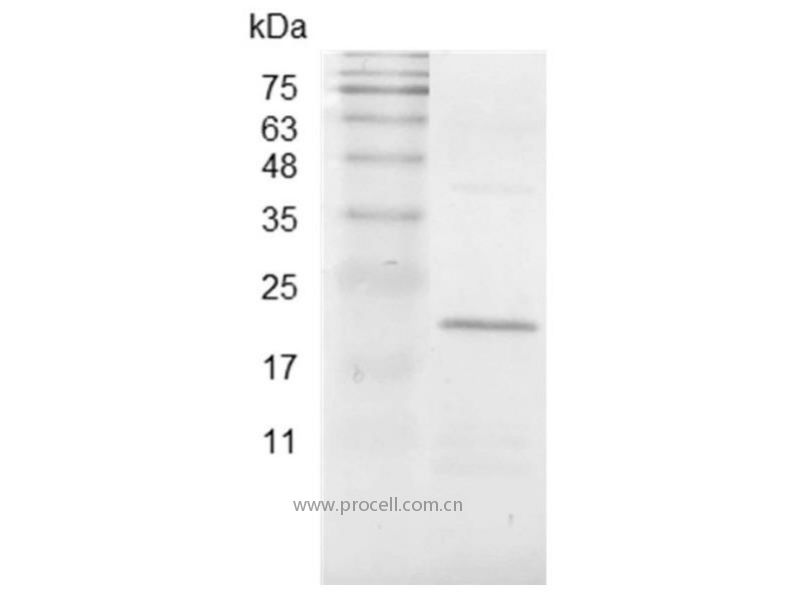







娜胡文君.png)







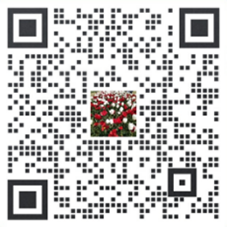









.png)







